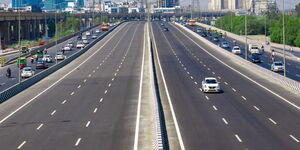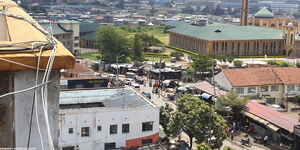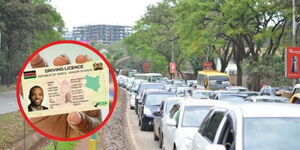The National Transport and Safety Authority (NTSA) has advised commercial vehicle drivers transporting heavy loads to ensure the cargo is contained, covered, immobilized, or secured.
NTSA on Wednesday, January 29, stated that a commercial vehicle transporting cargo must ensure the load is covered to avoid any leakages, or spillage and prevent the consignment from falling off.
According to the authority, such cargos include sand, gravel, crushed stone, ore, salt, whole stones, waste, shredded scrap metal or a mixture of the above materials.
“Such items carried by a vehicle on a public road and not enclosed by the vehicle or a load container must be covered with a covering that meets the following requirements,” NTSA stated.
NTSA also announced that materials used to cover the cargo must be made of either tarpaulin, canvas, wire mesh, a net, or a material capable of containing the load within the vehicle or load container.
The cover must also be secured to the vehicle or load container in such a manner that it cannot separate from the vehicle or load container.
While making the announcement, the authority revealed that the new guidelines were part of the proposed safety regulations for commercial vehicles.
Other regulations contained in the draft proposal include rules guiding commercial vehicle drivers on the use of roads while transporting heavy loads. According to NTSA, a commercial vehicle must not endanger the safety of other motorists by obstructing their view.
The draft regulations further demand that commercial vehicles must not cause any damage to public roads or structures along the road. It also notifies drivers not to cover lights, reflectors, or the vehicle's registration plates.
In the event of a breakdown, the driver of a commercial vehicle is required to immediately place two reflective warning triangles on the road, not less than fifty metres from the stalled vehicle.
The first warning triangle should be placed ahead of the vehicle and the other one behind it, so that each reflecting triangle is visible to drivers of vehicles approaching the commercial vehicle from ahead or behind.
The regulations also state that a commercial service vehicle must have a third-party insurance cover, a valid vehicle inspection certificate and a speed limiter.












